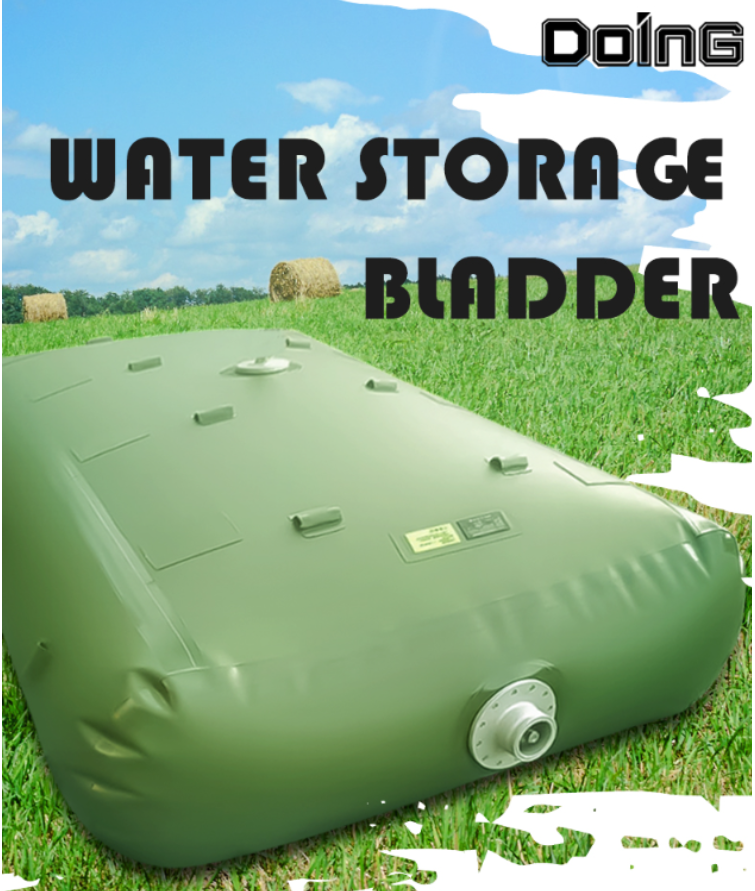Therefore, conditional work should ideally add air-conditioning equipment to maintain a constant printing environment. Of course, this does not require that the temperature and humidity of the four seasons are the same. All that is required is for each batch of printed matter, from white paper to printing, and the temperature and humidity of the workshop should not exceed the prescribed changes. Table 4 shows the range of temperature and humidity control for printing shops in different seasons.
When a piece of paper is moved from one place to another, it often occurs that the paper is wavy, especially in winter or in early spring and late autumn. This is the effect of the so-called “dew point†on the moisture content of the paper. To avoid this situation, it is necessary to measure whether the temperature difference between the paper and the workshop has reached the “dew point†value. If the measured temperature has reached the “dew point†value, it cannot be eager to disassemble the cold paper in the high-temperature workshop. For bags, the whole box of paper should be placed in the workshop for a period of time before the temperature difference is less than the “dew point†value before unpacking. In general, it takes 10 hours for the temperature difference between paper and the shop to be 5°C, and 20 hours for the temperature difference of 10°C to be unpacked. For the “dew point†phenomenon of paper that is prevented from moving from the paper-jet workshop to the printing shop, the most appropriate solution is to make the temperature of the two workshops the same or similar, and never allow the temperature difference to reach the “dew point†value.
Third, the humidity of the paper
There are usually three ways to adjust the humidity of a paper:
1. It is carried out in the printing workshop or the paper-hanging workshop, using the temperature and humidity of the printing workshop or paper-hanging workshop to adapt the moisture content of the paper.
Table 1 Relationship between moisture content and relative humidity of paper
Relative humidity 45% 50% 55% 60% 65% 70% 75% 80%
Single-sided offset paper 6.0 6.5 7.0 7.5 8.1 8.8 9.7 10.8
Double-sided offset paper 5.1 5.6 6.1 6.6 7.1 7.6 8.1 8.6
Single-sided coated paper 4.4 4.9 5.4 5.8 6.3 6.7 7.1 7.6
Double-sided coated paper 5.6 6.1 6.6 7.1 7.5 8.0 8.5 8.9
Table 2 Relationship between water content and temperature in the paper
Temperature (°C) 18 21 24 26 29 32 35 38
Moisture content% 5.83 5.75 5.66 5.58 5.50 5.42 5.33 5.25
Table 3 Relationship between temperature and relative humidity
Humidity increase Temperature change (°C)
30-25 25-20 20-15 15-10 10-5
Initial humidity 70% 24% 25% 25% 27% 28%
65% 22% 23% 24% 25% 26%
60% 21% 21% 22% 23% 24%
55% 19% 21% 21% 23%
50% 18% 19%
45%

DOING Water Storage Tanks are drought-resistant water tanks, rainwater collection water tanks, forest fire-fighting water tanks, foldable water tanks, and earthquake relief water tanks.
â— PVC coated cloth Water Tank has the characteristics of environmental protection, novelty, corrosion resistance, anti-oxidation, antifreeze, etc., and is widely used in the packaging and transportation of thousands of liquids such as container flexitanks and drought-resistant water bladders.
â— When in use, the Water Bladder Tank will not be disabled due to seasonal changes. It can be folded and stored when not in use, reducing space occupancy.
â— Water Storage Bladder also has good sealing and corrosion resistance, and can be used to store liquids with pungent odors. Its lifespan is 8-10 years.
Water Bladder Tank,Water Storage Bladder,Bladder Tank,Portable Water Bladder Tank,Portable Water Tanks
Danyang Doing Articles Co.,Ltd , https://www.doingarticles.com